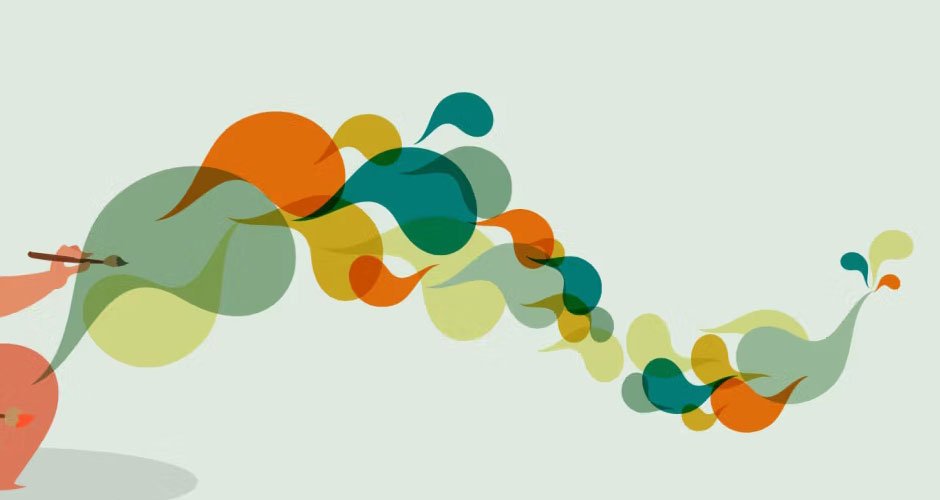In the dynamic world of design, new technologies are continually reshaping how logos and brands are created. One of the most influential innovations is AI which expands image capabilities, allowing for more creative and efficient design processes. This blog post explores how various new technologies impact logo and branding design, altering how designers approach their craft.
1. AI-Driven Design Tools: A New Era in Creativity
Artificial Intelligence (AI) has significantly changed the landscape of design. AI-driven tools can generate creative logo concepts and branding elements, offering designers a starting point that they can refine and customize. These tools use machine learning to analyze design trends and generate unique logos that are both aesthetically pleasing and relevant to the brand’s identity. This speeds up the creative process and provides a broader range of ideas and styles, pushing the boundaries of traditional design. Additionally, integrating Fotografía de IA para un branding eficaz or AI photography for effective branding can enhance visual storytelling and brand recognition, amplifying the impact of marketing efforts.
2. Enhanced Visualization with 3D Design and AR
Three-dimensional (3D) design and Augmented Reality (AR) revolutionize how logos and brands are visualized and experienced. The 3D design allows for the creation of logos that have depth and dimension, making them more engaging and memorable. AR takes this a step further by enabling businesses to showcase their logos and branding in real-world environments. Customers can use their smartphones or AR devices to see how a logo would look on storefronts, merchandise, or even as part of larger outdoor advertising.
3. Big Data and Analytics Shaping Brand Strategies
Big data and analytics are crucial in understanding market trends and consumer preferences. By analyzing large sets of data, companies can gain insights into what styles, colors, and types of logos resonate with their target audience. This data-driven approach to branding helps create logos and brand identities more likely to appeal to the intended demographic, increasing brand recognition and loyalty. Analytics also helps track the performance of branding elements, allowing companies to make informed adjustments for better engagement and impact.
4. Sustainability in Design Through Technology
Sustainability has become a significant factor in branding, and technology enables designers to create more eco-friendly logos and branding materials. According to Adobe, you can ”tweak your results as much as you want using all the powerful editing tools in Photoshop.” Digital tools reduce waste in the design process by eliminating the need for physical prototypes. Additionally, technology facilitates using sustainable materials in branding products, from recycled paper for business cards to eco-friendly fabrics for branded merchandise.
5. Interactive and Dynamic Logos
The rise of digital media has led to the development of interactive and dynamic logos. These logos can change form, color, or content based on context, user interaction, or even time of day. This dynamic nature of logos makes branding more adaptable and responsive to different platforms and audiences. Technologies such as HTML5 and CSS3 have made it easier to create logos that can interact with users, providing a more engaging brand experience. As brands strive to stand out in crowded digital spaces, these interactive elements become crucial in capturing and retaining consumer attention.
New technologies are having a profound impact on logo and branding design. AI-driven design tools, 3D design and AR, big data and analytics, a focus on sustainability, and the rise of interactive logos are some ways technology influences this field. These advancements enable designers to create more innovative, relevant, and engaging brand identities. As technology evolves, it will undoubtedly bring more exciting opportunities and challenges to the logo and branding design world, pushing the creative boundaries even further.






